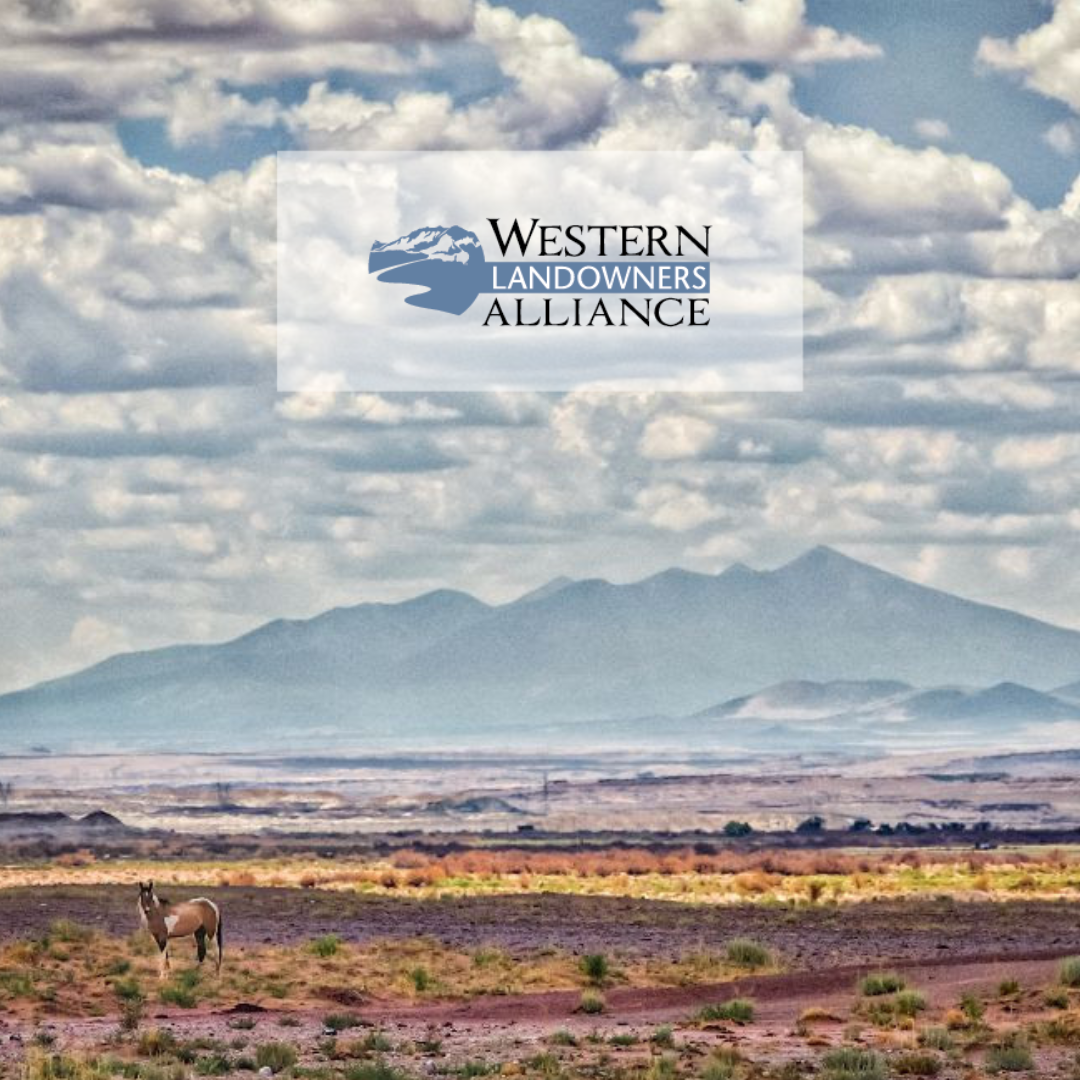Western Landowners in Action – June 2018
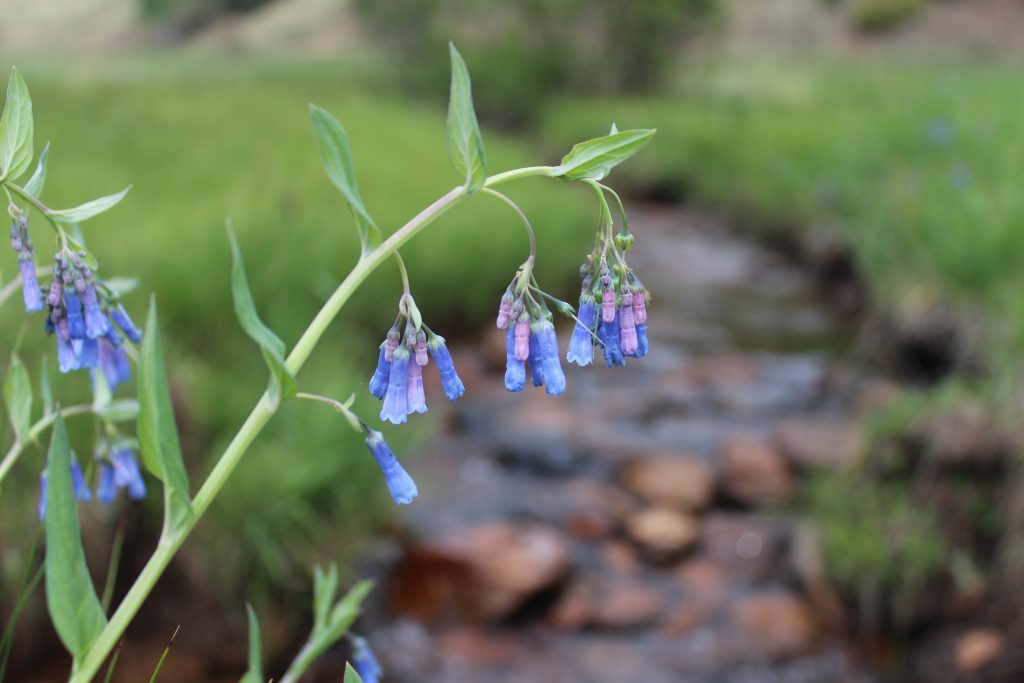
Photo: John Allison
Good News! Priorities for Western landowners Advance in the Farm Bill
On June 13, 2018 the US Senate Agriculture Committee advanced its version of the 2018 Farm Bill (The Agriculture Improvement Act of 2018). This bill represents a bipartisan approach to providing support for working lands across the West and the nation. WLA appreciates the work of the committee, their staff and the numerous groups and individuals who contributed to this bill.
WLA worked closely with a variety of partners on the bill and are pleased that several of our priorities were included in the Senate’s version. The Senate’s bill will improve working lands conservation programs, providing increased opportunity for landowners to implement conservation on the ground. Some positive aspects of the Senate’s bill include:
- Authorizes a one-time payment for the development of comprehensive conservation plans. Landowners are able to receive funding for the development and implementation of plans that provide for conservation across their lands.
- Allows payments for advanced grazing management under the Conservation Stewardship Program (CSP). This addition to the Farm Bill will allow landowners to receive recognition for modifying grazing practices in order to increase productivity and meet desired conservation outcomes.
- Increases the acreage cap for the Conservation Reserve Program (CRP) from 24 to 25 million acres. Working lands options for CRP are improved as lands of ecological significance are a consideration, allowing landowners more options for conserving important wildlife habitats.
- Funding for the Agriculture Conservation Easement Program (ACEP) was increased above 2014 Farm Bill levels. This funding helps protect private lands for future generations.
- Codifies the Working Lands for Wildlife conservation model and expands it to additional agencies, providing opportunity for improved communication and conservation efforts for landowners.
While the bill provides level funding for conservation, there are a few areas that could be improved. The Regional Conservation Partnership Program (RCPP) provides opportunities for landscape-scale conservation and there are several proposed improvements to this program. However, WLA is concerned this program may not be utilized heavily in the West because of the proposed funding distribution and the removal of wildlife habitat as an eligible activity.
Additionally, funding for both EQIP and CSP was cut in the Senate’s bill. As illustrated in Figure 1, these programs are important tools for landowners in the West. WLA wil continue to advocate for stable funding for these programs.
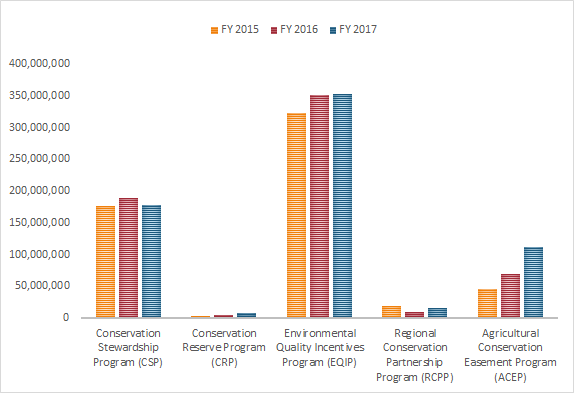
Figure 1. Total funds spent on Conservation Programs in 11 western states.
What to Expect Next
There are many more steps to reauthorization of the Farm Bill:
- Senate Majority Leader Mitch McConnell said he would like to bring the bill up for a vote on the floor prior to the Senate’s July 4th recess.
- The House has signaled they will bring their version up for a vote by June 22 (this Friday!). The first floor vote on the House version failed.
- Following the House and Senate votes, the bill will head to conference committee for further negotiations as the two houses work to reconcile the differences between the two bills. Then, the whole Farm Bill package heads back to both houses for the final floor vote.
WLA will remain involved throughout the process.
If you have thoughts or questions about the Farm Bill, please do not hesitate to share them with WLA Policy Director, Jessica Crowder.
Why are farm bill conservation programs important?
Family farms and ranches supply food and fiber while also supporting jobs and rural communities. In addition, well-managed land also provides other important values such as clean water and habitat for wildlife. Yet agriculture, by its very nature, is a risky business, often with very narrow profit margins, and many of the things the public asks of farmers and ranchers–such as wildlife habitat–remain economically undervalued.
Farm Bill programs like the CSP and EQIP represent a public-private partnership that helps ensure Americans can enjoy a secure and affordable food supply while keeping our lands, water and wildlife in healthy condition. Farm Bill investments help:
- Improve production
- Conserve resources
- Reduce the need for excessive regulation
- Provide essential but economically undervalued products and services such as wildlife habitat.
In Pictures
Filming at the Berlier Ranch, New Mexico
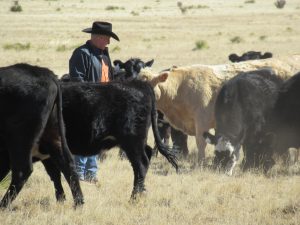
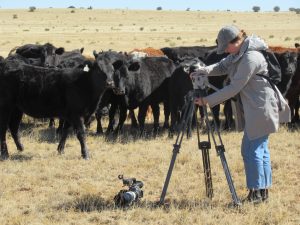
2018 Fims: Filmmakers Evangeline Koonce (right) is putting the final touches on episode seven of our Stewardship with Vision film series, featuring New Mexico rancher Jim Berlier (left). We’re very excited to show you this film in just a couple weeks! In the meantime, you can watch the first six episodes on our website. (Photos: Virginie Pointeau)
Healthy Soils “Roadshow” Through New Mexico
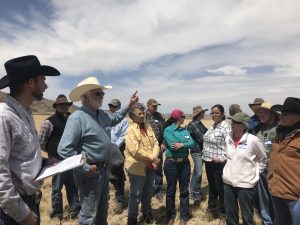
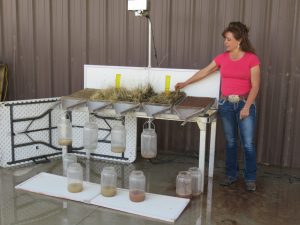
Healthy Soils Roadshow: WLA recently partnered with two ranches in New Mexico to host our inaugural “Healthy Soils Roadshow” events: Ute Creek Cattle Company in northern New Mexico, owned by Jack and Tuda Crews, and the Big Hackberry Ranch down south near Carlsbad, owned by Lisa Ogden. Jack and Tuda Crews discuss their approach to land management and focus on soil health (left); Brenda Simpson, range specialist with the NRCS, provides a demonstration showing different levels of water runoff versus water infiltration below different ground covers and bare ground (right). (Photos: Lesli Allison, Virginie Pointeau)
Read our blog post on the Ute Creek Cattle Co. event.
Stewardship in Action Tours in Colorado
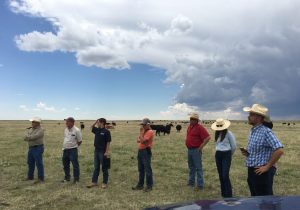
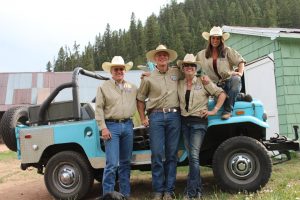
WLA’s Stewardship in Action tours provide a great opportunity for landowner knowledge-sharing, peer-to-peer networking and discussion about how western landowners and managers can make their voices heard in the policy arena. In the past month, we headed out to Colorado to tour the Flying Diamond Ranch, where the Johnson family has been running cattle and caring for the arid prairie rangeland near Kit Carson since 1907 (left). Discussion topics included grazing strategies and holistic management. Later in the month, we toured Elk Glade Ranch, located near Colorado Springs and owned by brothers Mark and Jim Johnson and cousin Jim Hammond, where jeeps were required to negotiate the rugged terrain. Discussion topics included forest and riparian restoration, managing for economic viability, and building public/private partnerships (right). (Photos: Hallie Mahowald, John Allison)
In the Media
- Western Water Strategy Shifting from “Use It or Lose It” to “Waste Not, Want Not” – The Hill, June 14, 2018.
- Senators Intro Bill to Double Forest Restoration Funding – News Channel 21 KTVZ, May 11, 2018.
- Rural Lands at Risk as Ranchers Prepare for Retirement – NPR, April 25, 2018.
- Allison: Fee Proposal for Yellowstone and Grand Teton Highlights Importance and Costs of Wildlife Management – Casper Star-Tribune, April 20, 2018
- Power of Public-Private Collaboration: Ranching Family Creates Access to the Crazies – Missoulian, April 5, 2018.
- Colorado’s Quest to Tackle Dangerously Unhealthy Forests – Cortez Journal, April 1, 2018
The Western Landowners Alliance advances policies and practices that sustain working lands, connected landscapes and native species.
Not yet a member? We invite you to Join Us
![]()
Join WLA to stay up to date on the most important news and policy for land stewards.
Become a member for free today and we will send you the news and policy developments critical to the economic and ecological health of working lands.
WLA works on behalf of landowners and practitioners throughout the West. We will never share your contact information with anyone.
©2025 Western Landowners Alliance • PO BOX 27798, Denver, CO 80227 • 505.466.1495
Western Landowners Alliance is a 501 (c)(3) non-profit recognized by the IRS.
Tax ID: 46-1346488
